The European Rabbit
The European Rabbit
If you come to Montrose Basin Visitor Centre this spring you’ll be hard pressed not to see a number of the rabbits which live on the reserve. Unlike many of the birds which migrate thousands of miles to spend winter or summer at the basin, the rabbits are here all year long.
Indeed it’s a regular sight when peering out the Visitor Centre window to see a cheeky rabbit joining the birds in nibbling whatever seed has fallen from the bird feeders. A behaviour not always appreciated by the ducks, as the rabbit pictured below found out when it was angrily pecked at a few minutes later!
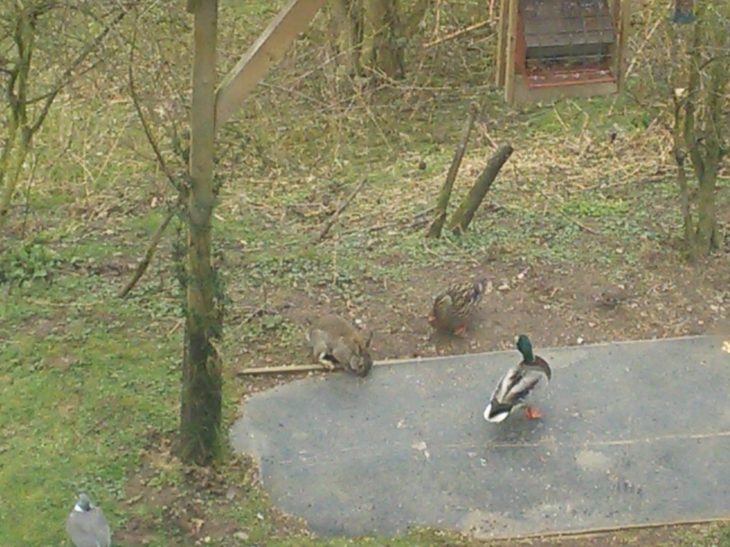
With spring in the air (or snow as the case may be), it’s that wonderful time of year for wildlife to start having offspring, and already baby rabbits or “kittens” as they’re properly known, have been emerging.
Seeing these attractive animals up close can often bring delight to both adults and children alike, however the role rabbits play in our culture and environment goes much further than simply their cute image. Depending on your perspective rabbits might be considered as food, pets or vermin, in addition to being a common wild animal.
All three of these viewpoints have considerable merit even if they are often opposing. For example many pet owners would never dream of eating rabbit after experiencing them as loving pets, yet we have a long standing history of them being cooked up for both royalty and peasants, with rabbit still being a reasonably popular meat today.
I’m not sure anyone could deny that rabbits also have the capacity to be highly destructive to land, plants and trees alike, thus sometimes gaining themselves the vermin label. In particular danger of a rabbit’s appetite can be the farmed crops of barley, oats and wheat. While a single rabbit might not pose much threat, just six rabbits can eat as much as a sheep! It’s then easy to imagine how a whole warren of rabbits could quite literally eat into a farmer’s profits.
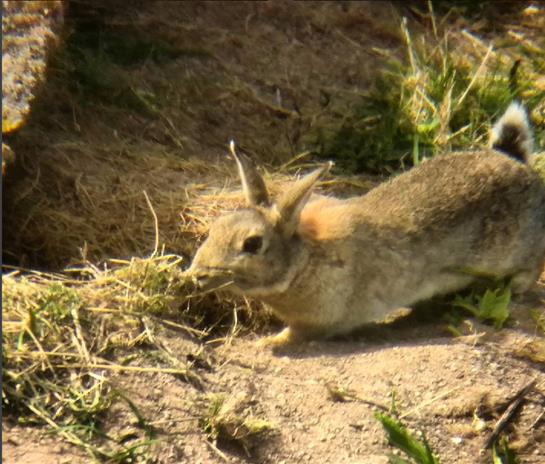
Just like crops rabbits are efficient at browsing plants and trees, with particular damage to young saplings. This can get them in hot water with gardeners and ecologists alike, both of whom may have an interest in maintaining or increasing the number of certain plants and trees, for aesthetic or conservation purposes.
Despite these conflicts, I would be doing rabbits a disservice if I didn’t stress how important they are in many ecosystems as a key prey species. They are eaten by a long list of other iconic wildlife including; stoat, fox, weasel, wildcat and birds of prey, and in low enough numbers their eating habits might even aid plant biodiversity.
In fact just over a week ago at the Basin, a stoat was seen to kill a rabbit and drag it down the rabbit hole situated beside the sand martin wall. On that same day, I watched as a rabbit sat in full view of a Buzzard (pictured below), however this time there was no rabbit casualties!
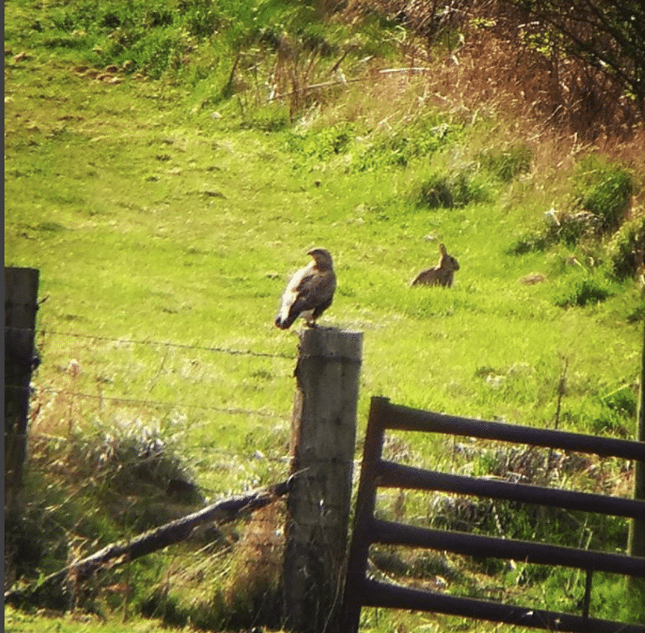
Rabbits are able to withstand this predation pressure through their remarkably fast reproductive life cycle. The does and bucks reach maturity between 3.5 and 4 months of age, and typically breed between January and August. Gestation only takes around 30 days, and the doe can produce a monthly litter of 2-7 young. Out of this huge amount of young, only an estimated 10% will reach adulthood, surviving both predation and disease.
Despite their importance, it may then surprise you to know that rabbits are not native to the UK. It’s been suggested they were introduced in the 12th century from their native range of Spain, Portugal and northwestern Africa; initially captive bred by the aristocracy for their meat and fur. As expected many escaped into the countryside and by the 16th century the rabbit was widespread across Britain.
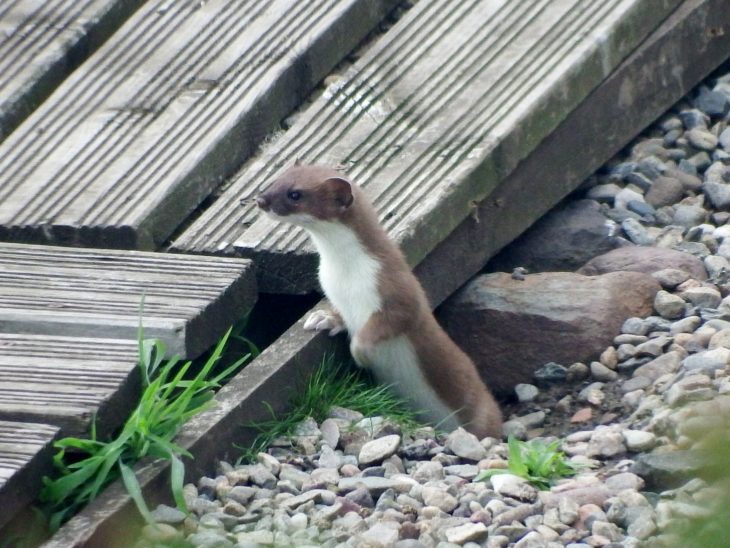
Since then the European rabbit has suffered two major disease outbreaks, the most notable being the deadly Myxomatosis virus. The virus was first introduced by bacteriologist Dr Delille, who used it as pest control on his private estate in France in 1952. However it quickly spread throughout Europe, reaching Britain in 1953, where it wiped out 99% of the estimated 60-100 million strong rabbit population. This extreme reduction caused a range of knock on effects to the flora and fauna of the British countryside. The loss of rabbits as grazers caused the disappearance of some short grass ecosystems, but in turn increased the regeneration of scrub and woodland. As expected predators like the stoat and fox decreased in numbers, along with some birds of prey species. For buzzards; a combination of prey loss and human persecution resulted in most pairs failing to breed in 1955, and their numbers decreased by up to 50% in subsequent years.
Today rabbits are still suffering from recurring outbreaks of the disease however the mortality rate is much lower due to genetic resistance. It is thought that by the 1995’s the population had recovered to 37.5 million according to a JNCC report, and with milder winters rabbit numbers were predicted to continue this upward growth trend.
It seems that love them or hate them this tenacious mammal has integrated itself into British wildlife, and around the Montrose basin is a great place to view them!
By Rosie Hurley (Intern)
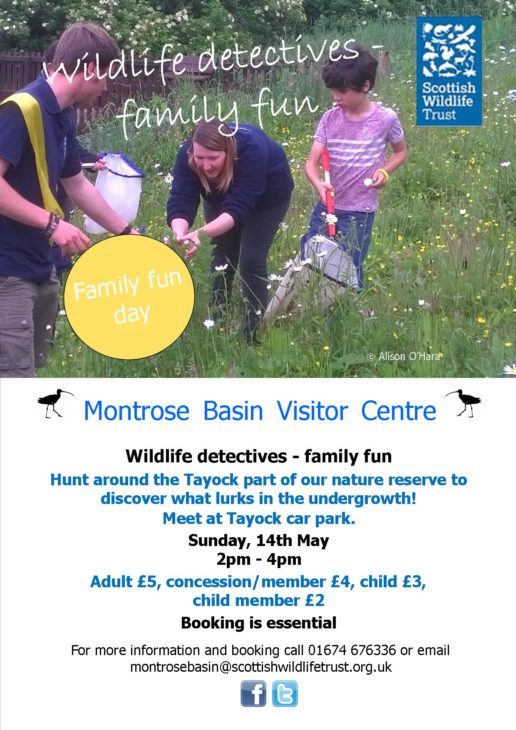
Help protect Scotland’s wildlife
Our work to save Scotland’s wildlife is made possible thanks to the generosity of our members and supporters.
Join today from just £4 a month to help protect the species you love.
Preface
The European Rabbit If you come to Montrose Basin Visitor Centre this spring you’ll be hard pressed not to see a number of the rabbits which live on the …
